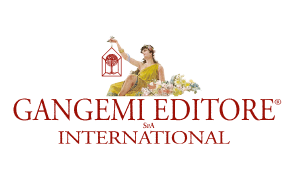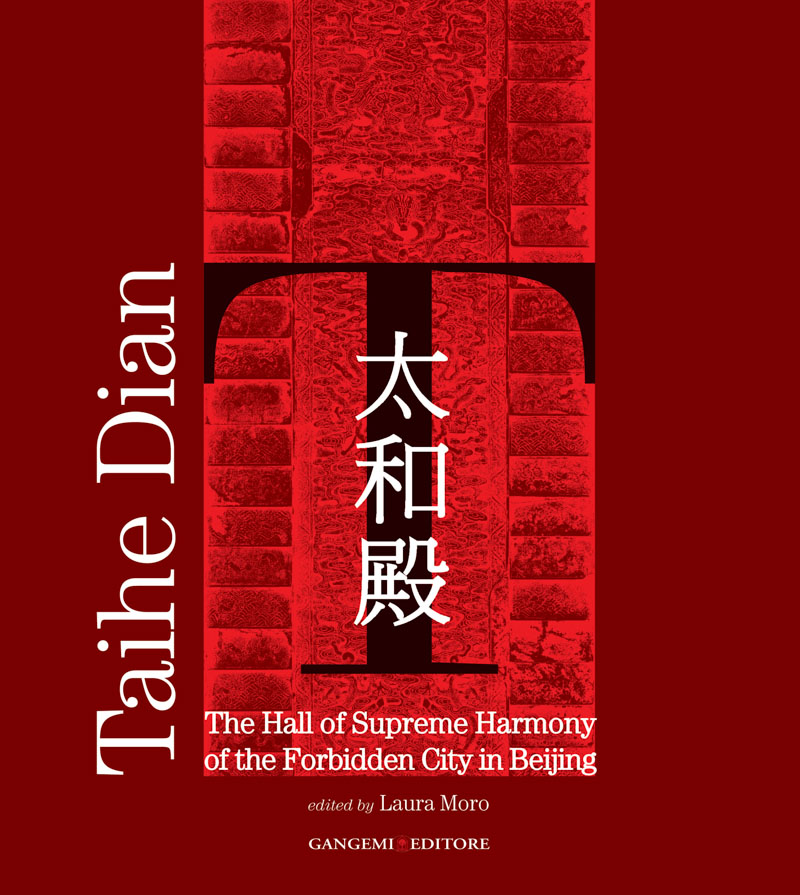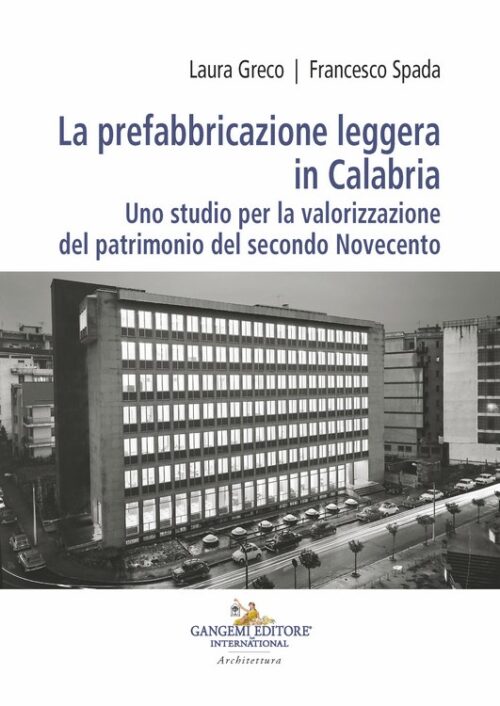Taihe Dian
The Hall of Supreme Harmony of the Forbidden City in Beijing
A cura di: Moro Laura
Full English text
Formato: 22 x 24 cm
Legatura: Filorefe
Pagine: 160
Anno edizione: 2008
ISBN: 9788849215571
EAN: 8849215576
UB. INT. : T513A V42h V11h
Contenuto
This volume reports on the cognitive survey carried out in the Hall of Supreme Harmony of the Forbidden City in Beijing by the Directorate General for the Architectural and Landscape Heritage between November 2003 and April 2004.
It aims at providing a thorough reading of geometries, matters and building features of the Taihe dian, through a “reverse path” to knowledge starting from the tangible document of the building. A scientific report rooted in a long tradition of cultural heritage management, which considers the divulgation of the outcomes of any research as an essential prerequisite for knowledge sharing.
“This short preamble may explain to some extent the interest and engagement the Italian Ministry of Cultural Heritage and Activities dedicated to Chinese cultural heritage. Since the contribution to the creation of the “Training Centre for the conservation and restoration of historic-cultural heritage of North-western China” in Xi’an, many new opportunities of cultural dialogue between Italy and the People’s Republic of China have been developed through the years, leading to interesting scientific results and promising future developments.
The study carried out on the Hall of Supreme Harmony of the Forbidden City in Beijing is actually the contribution at a methodological level that the Ministry has proposed within the framework of an agreement on cultural cooperation between Italy and China launched in 2002. Surveys by the Directorate General for Architectural and Landscape Heritage and the Central Institute for Restoration have been the premises for the recently concluded conservation intervention. Such experience has also offered a relevant opportunity to understand Chinese architecture that is still too poorly studied in Italy”. (Sandro Bondi, Italian Minister of Cultural Heritage and Activities).
Parole chiave
Condividi su














